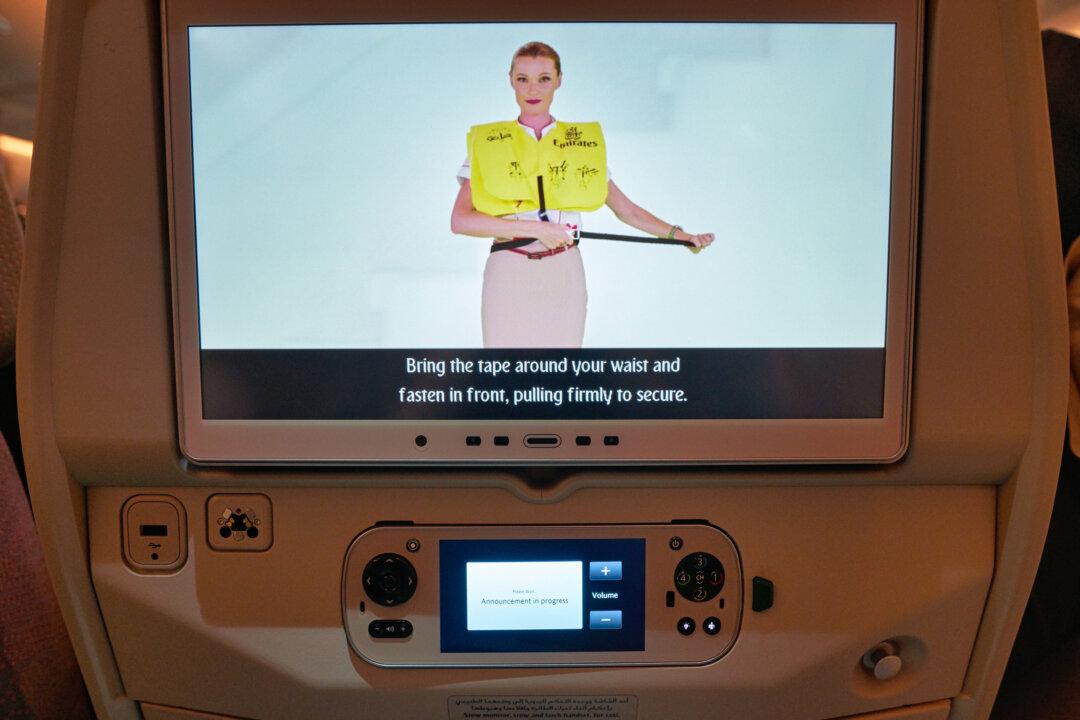By George Hobica
From Tribune News Service
If you’ve flown recently you’ve probably watched—wait, who am I kidding, failed to watch—an airline’s preflight safety video. And look, I get it. You didn’t watch because nothing ever happens.

If you’ve flown recently you’ve probably watched—wait, who am I kidding, failed to watch—an airline’s preflight safety video. And look, I get it. You didn’t watch because nothing ever happens.